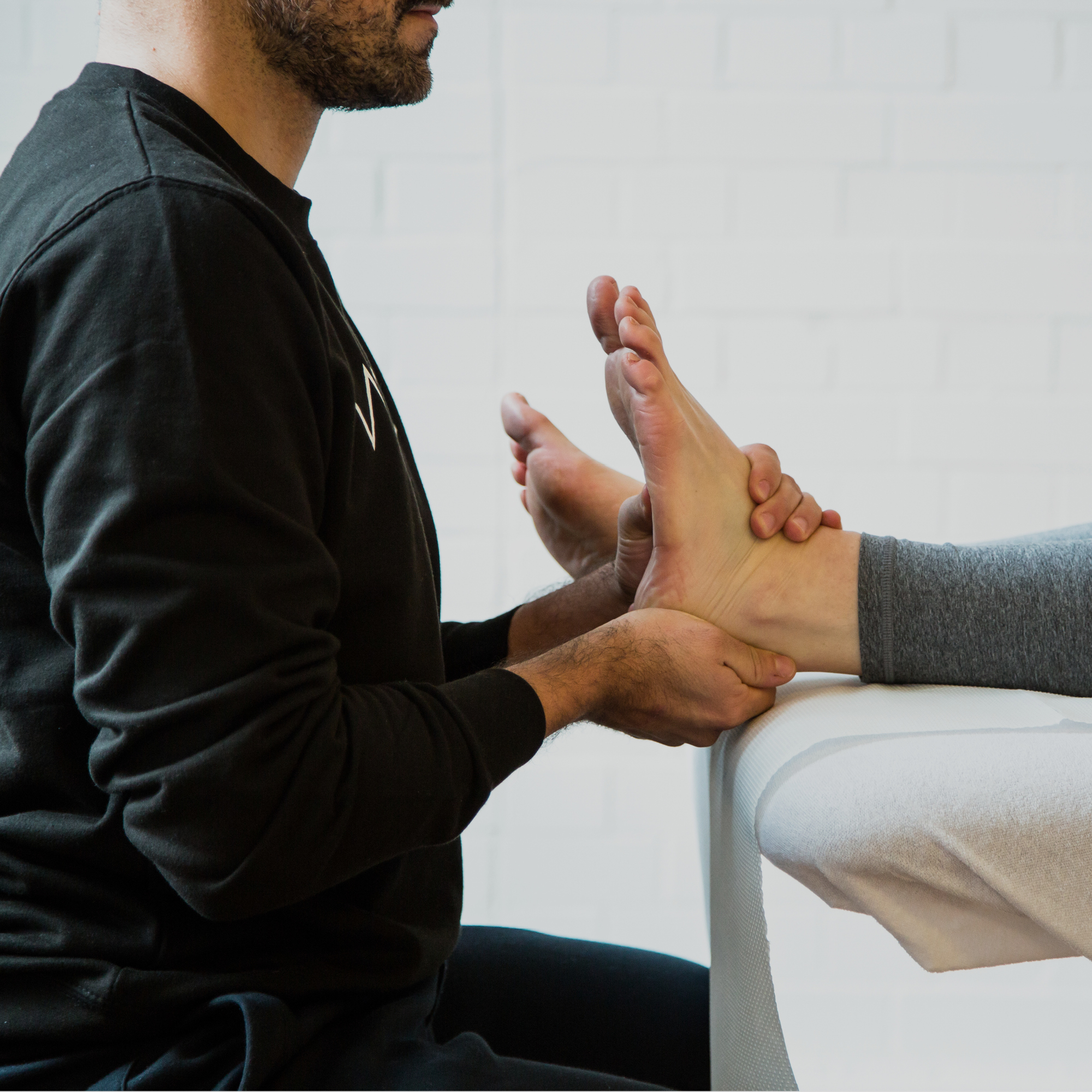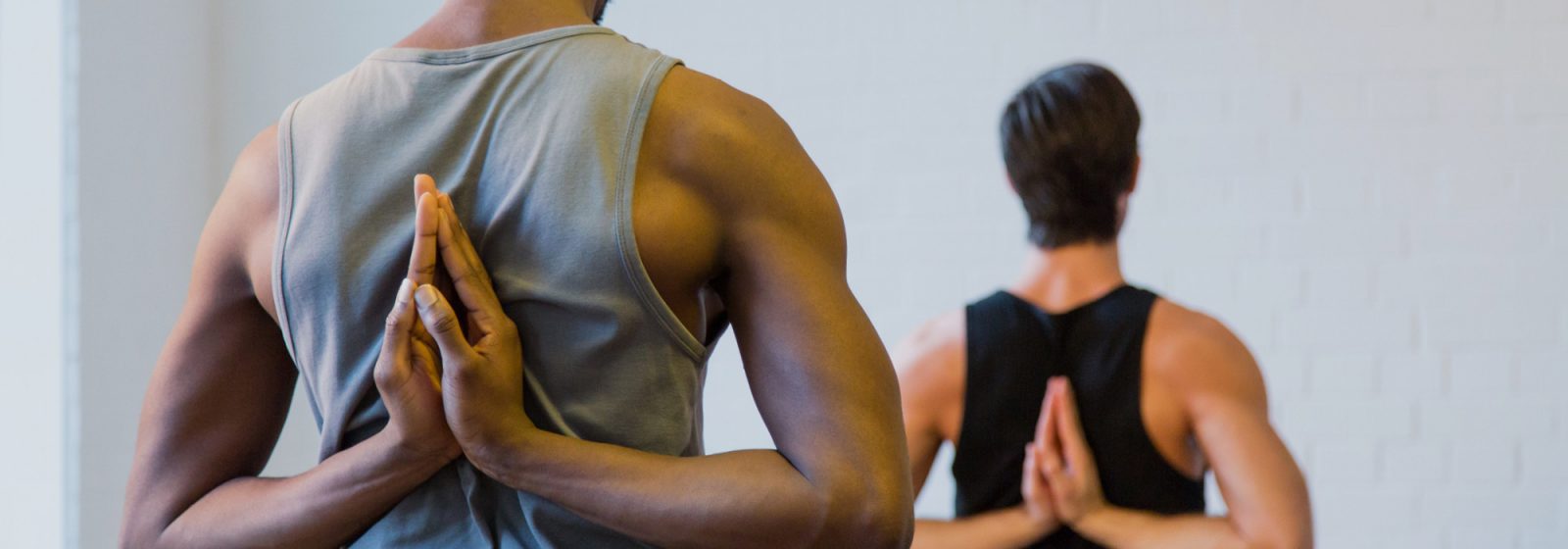Running is one of the most exhilarating and feel-good exercises out there and can be great way to relieve the stresses of everyday life. Whether you’re the type who loves a casual run before or after work, or someone who is addicted to their marathons, it is likely that you’ve had some of sort of pain or injury from running at some point in your life.
Generally, injuries are more common when you start to increase the frequency of your running before your body is ready for it. This is usually seen in people that have increase their running frequency to train for a marathon. Training for a marathon is no simple feat and it’s common to get injuries from the increasing training demands, especially if you haven’t previously been running and more specifically, if you have not adequately prepared for such demands.
There are some steps you can take and things that you can adjust to prevent running injuries from occurring or getting worse:
-Warm up techniques
Do about 8-10 minutes of light aerobic exercise before doing some stretches. Following a warm up session, it is more beneficial for the muscles to do dynamic stretches instead of keeping the muscle stretched for a fixed amount of time
-Preventing further injury
Running injuries don’t usually come out of nowhere unless it’s an instant and traumatic injury event. If you feel a small pain starting to develop, take some rest days from running activities. Yes, a rest day does not have to mean total rest, but rather to do a different type of exercise. You could do some bicycle work (either on a regular bicycle or on a stationary cycling bike at the gym), some strength training or an alternative exercise to running, as long as it is not aggravating the pain that you had felt during the running. Just ensure that whatever your choice of exercise, you are doing it safely with the correct technique (if unsure of correct technique, seek advice from a physio).
-Strength training
It is important to supplement your training schedule with some strengthening exercises. Make sure you work on your quads, hamstrings and calves during your gym sessions. The gluteal muscles are usually in dire need of some attention and are an important part of gait.
-Seek professional assistance if required
While no two people will have the same running gait, your running gait could be causing some issues and an imbalance between the forces placed on each side of your body during running. This will make you more prone to developing an injury or could increase the chances of a previous injury coming back (usually very likely if a change has not been put in place). A Physiotherapist can do a running analysis with you and work with you to develop the most appropriate running technique for you to prevent your injury from occurring or recurring by lengthening any tightened muscles and strengthening any weak areas.
Points to take away:
- Stretching and warm up are your friends
- Strengthen the gluteal muscles as these are often not adequately activated enough from running technique and this can cause a lot of issues during the course of your training
- Change up the type of exercises you do between running training sessions, running every day without adequate rest and changing exercise types is an easy way to get an injury, unless your body is prepared for daily running
- Seek the assistance of a Physiotherapist if you are getting pain during or after running that feels different to the usual post exercise muscle pains



